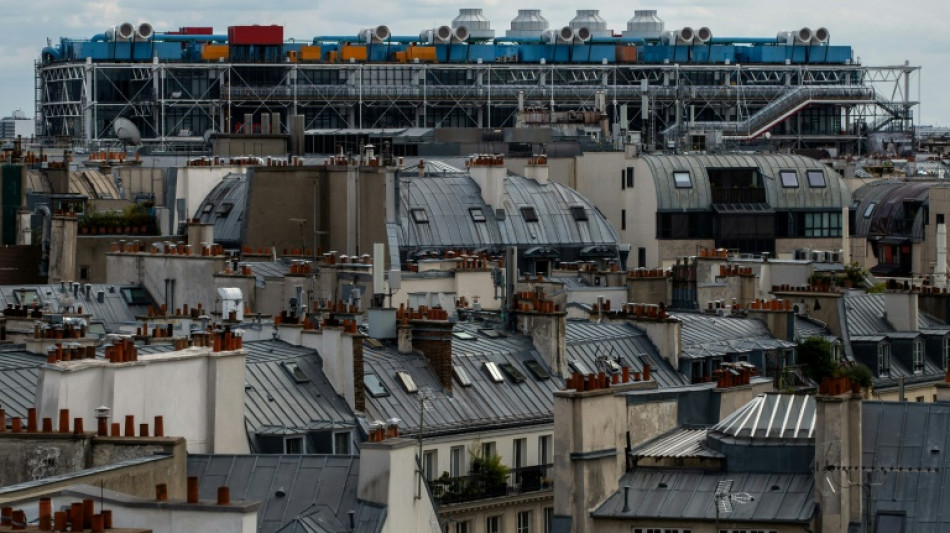
CMSC
-0.0540

NFTs, the tokens of the crypto world linked to digital artworks, have been granted a show at the Pompidou Centre in Paris, despite an almost total collapse in their price and cultural cachet.
The Pompidou, a popular attraction in the Marais district of the French capital, has opened the exhibition in its minimalist halls dedicated to NFTs which could give the digital art form a much-needed lift.
Blockbuster multimillion-dollar sales helped fuel publicity in 2021, and prices soared amid a lack of regulation and general confusion over what the digital tokens were.
But the value of NFT transactions fell 94 percent between 2021 and 2022, from $233 million to $14 million, according to French analytics firm Artprice.
The organisers of the event at the Pompidou, the first European gallery to start a collection of NFT art, are more keen to talk about the art than the economics.
"These artists get a place in the history of art and their works are guaranteed longevity," said Marcella Lista, the gallery's chief curator.
However, the collapse in interest in NFTs along with a wider plunge in the value of cryptocurrencies allowed the Pompidou to bag many of the works for just a handful of dollars, according to records on the OpenSea platform.
About half of the works were donated by their creators.
- Crypto icons -
Among those who happily handed over their work was Californian artist Robness, who came to see the show and said it was a "humbling experience" to be included.
He too was keen to shift the focus from the slump in prices.
"If you start worrying about the market dynamics, you're taking your energy out, putting it into other places," he told AFP.
"That's not conducive to actually creating."
Robness compared NFTs to email, an elemental technology that he reckons will continue to find uses.
Born at the crossroads of technology and artistic provocation, NFT art quickly created its own emblems and myths -- and the Pompidou exhibition is steeped in its iconography.
Robness donated a 3D "portrait" of Satoshi Nakamoto, the possibly fictional creator of bitcoin.
Another of the works on display is "Bitchcoin", a representation of a bitcoin created by Sarah Meyohas in 2015, making it one of the first NFT artworks.
While one of the most famous emblems of the scene, a "cryptopunk", also gets an airing.
Visitors get the experience of a traditional art gallery -- whitewashed walls, hanging images accompanied with small explanation cards -- but instead of canvas and paper, the digital works are rendered on screens.
- Storing pixels -
If the prices paid for the artworks were surprisingly low, the gallery nonetheless had to jump through some pretty tight hoops to acquire them.
NFT art is generally sold on platforms where cryptocurrency is the preferred payment method, and proof of ownership is stored on the blockchain.
Lista said accounting rules simply would not let the Pompidou go through the convoluted process of buying cryptocurrency to acquire the works, and blockchain records were not good enough.
Instead, she said, the works were paid for in euros and contracts were signed under French law.
Then comes the difficulty of storing and insuring the works, which are essentially digital pixels that can be replicated as many times as anyone wants.
Philippe Bertinelli, another of the curators of the exhibition, said copies were held on several servers and in different media.
"Even if a system breaks down or something is lost or burned, we can ensure the works are still safely stored," he said.
W.Odermatt--NZN